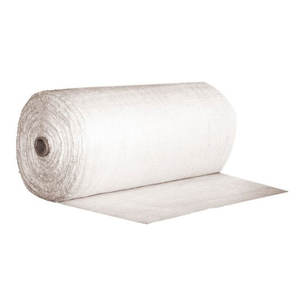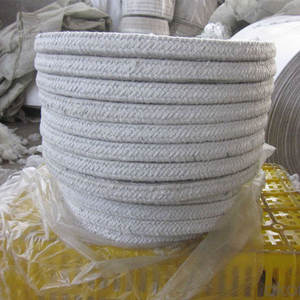Professional industry ceramic supplier, silicon nitride, silicon carbide, aluminum nitride and any other kinds of ceramics.
PRODUCT PARAMETERS
Description
Overview of Ceramic Fiber blanket s offer a variety of specifications and indicators for insulating fiber blankets.
Ceramic Fiber blanket s offer a variety of specifications and indicators for insulating fiber blankets. is a lightweight, high-temperature insulation material composed primarily of alumina-silica. It is manufactured through a melting and spinning or blowing process, resulting in a flexible, wool-like textile. This material is engineered to provide exceptional thermal management, conserving energy and protecting equipment in extreme temperature environments across various industries.
Features of Ceramic Fiber blanket s offer a variety of specifications and indicators for insulating fiber blankets.
-
Excellent Thermal Stability: Withstands continuous operating temperatures up to 1260°C (2300°F) and higher for certain grades, with minimal shrinkage.
-
Low Thermal Conductivity: Provides highly efficient insulation, reducing heat loss and improving energy efficiency.
-
Lightweight & Low Heat Storage: Offers low thermal mass, enabling rapid heat-up and cool-down cycles for improved process control and energy savings.
-
Thermal Shock Resistance: Highly resistant to damage from rapid temperature changes.
-
Excellent Flexibility & Resilience: Can be fabricated into blankets, boards, papers, and textiles to fit complex shapes and applications.
-
Good Chemical Stability: Resists attack from most corrosive agents, except strong alkalis and hydrofluoric acid.
Specification of Ceramic Fiber blanket s offer a variety of specifications and indicators for insulating fiber blankets.
Ceramic fiber blankets offer excellent insulation. They are available in lots of specs. These details issue for efficiency. You need to examine the temperature ranking initially. This shows the optimum warmth the blanket can deal with continuously. It also provides the absolute greatest temperature for brief ruptureds. Never go beyond these restrictions. The covering might stop working or else.
Thickness is one more essential spec. It tells you how hefty the material is for its dimension. Higher density normally implies better toughness. It could take care of physical stress better. Reduced thickness coverings are lighter. They might be simpler to install in some spots. Choose the density that fits your task.
Thickness is crucial as well. Thicker blankets generally offer much more insulation. They reduce warmth move better. You locate usual thicknesses like 25mm or 50mm. Various other sizes are offered. Choose the thickness required for your particular warmth loss control.
Requirement measurements are commonly provided. Blankets are available in rolls or pre-cut pieces. Usual roll sizes are 610mm or 1220mm. Roll sizes differ. Know the size you get. This helps with intending installation. It stays clear of waste.
The chemical make-up is primarily alumina and silica. This blend provides the fiber its heat resistance. The specific percents can vary a little in between products. This influences the optimum temperature level somewhat.
Thermal conductivity actions how well heat steps with the covering. Reduced numbers imply much better insulation. Manufacturers check this. They offer conductivity values at different ordinary temperature levels. Search for the worth near your operating temperature. This tells you the genuine insulation power.
Applications of Ceramic Fiber blanket s offer a variety of specifications and indicators for insulating fiber blankets.
Ceramic fiber blankets handle high warm. They shield well. This saves energy. Lots of markets use them. Heaters need great insulation. Boilers run warm. Kilns fire porcelains. These coverings line such devices. They maintain warmth inside. This enhances performance. Workers remain much safer as well. The surface area stays cooler.
Various jobs need different coverings. Density matters a lot. Thicker coverings shield much better. Common thicknesses are one inch or 2 inches. In some cases thicker is needed. Density is also vital. Denser coverings withstand damage much better. They handle use well. Lighter blankets may be easier to set up. Density choices exist. Temperature score is essential. Blankets are rated for maximum warm. Some handle 2300 ° F. Others go higher. Constantly pick the right score.
Fiber type affects efficiency. Criterion alumina-silica is common. High pureness types last much longer. They stand up to chemical attack better. Zirconia added fibers deal with even higher warm. Pick the fiber for the work. Blankets can be found in rolls. Sizes differ. Criterion sizes are available. Personalized cuts are feasible also. This helps suitable weird shapes. Stamina matters throughout handling. Great blankets do not tear quickly. They hold together well. Installation is easier then. Reduced warm storage space is a huge and also. The covering heats up fast. It cools down quick also. This conserves energy during biking.
 Company Profile
Company Profile
Tanki New Materials Co.Ltd. focus on the research and development, production and sales of ceramic products, serving the electronics, ceramics, chemical and other industries. Since its establishment in 2015, the company has been committed to providing customers with the best products and services, and has become a leader in the industry through continuous technological innovation and strict quality management.
Our products includes but not limited to Aerogel, Aluminum Nitride, Aluminum Oxide, Boron Carbide, Boron Nitride, Ceramic Crucible, Ceramic Fiber, Quartz Product, Refractory Material, Silicon Carbide, Silicon Nitride, ect. please feel free to contact us.
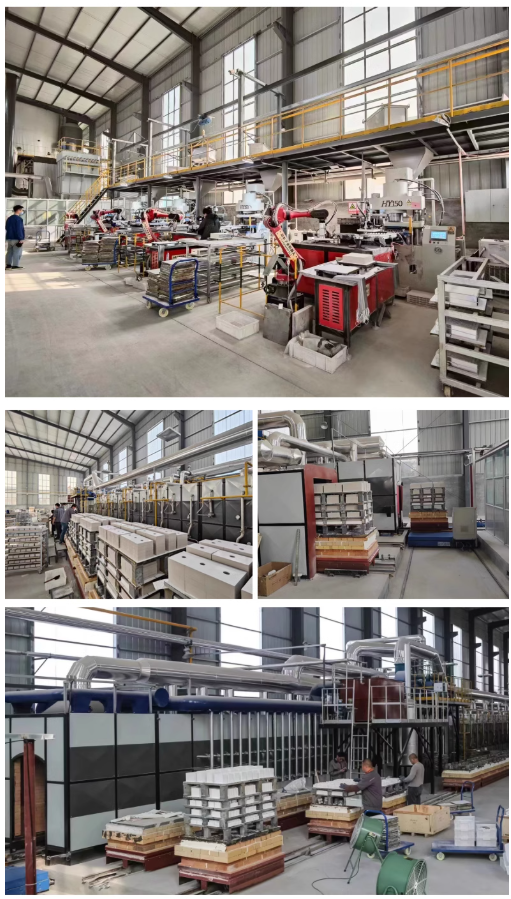 Payment Methods
Payment Methods
T/T, Western Union, Paypal, Credit Card etc.
Shipment Methods
By air, by sea, by express, as customers request.
5 FAQs of Ceramic Fiber blanket s offer a variety of specifications and indicators for insulating fiber blankets.
Ceramic Fiber Blanket FAQs
What exactly is a ceramic fiber blanket?
Ceramic fiber blanket is a flexible insulation material. It’s made from spun ceramic fibers. People use it mainly for high-temperature insulation. It works well in furnaces, kilns, boilers, and pipes. It keeps heat in efficiently.
How hot can these blankets handle?
Different grades handle different temperatures. Standard grades usually manage up to 1260°C (2300°F). Higher purity grades go much hotter, sometimes over 1430°C (2600°F). You must pick the right grade for your specific temperature need.
What thicknesses and densities are available?
You find many choices. Thickness often ranges from 1/4 inch (6mm) up to 3 inches (76mm) or even thicker. Density typically varies between 64 kg/m³ and 128 kg/m³ (4 to 8 lbs/ft³). Thicker or denser blankets generally offer better insulation. Thinner blankets might fit tighter spaces.
How do I install ceramic fiber blankets?
Installation is usually straightforward. You cut the blanket to size using sharp tools. Then you secure it in place. Common methods include welding pins with washers, special high-temperature adhesives, or metal bands. The blanket compresses slightly for a snug fit. Always follow the manufacturer’s instructions carefully.
Are there safety precautions when handling?
Yes, important safety steps exist. The fibers can be irritating. Always wear gloves and long sleeves. Wear a dust mask or respirator, especially when cutting. This stops you breathing in loose fibers. Good ventilation in the work area is also crucial.
REQUEST A QUOTE
RELATED PRODUCTS
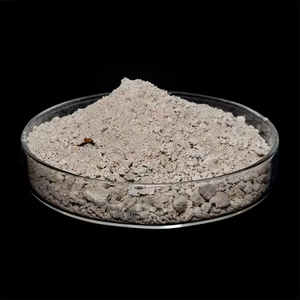
High-quality custom thermal insulation ceramic fiber board, heat-resistant
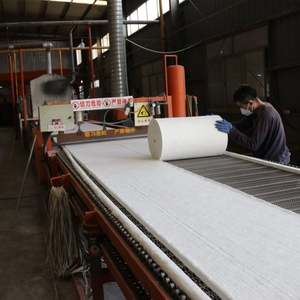
Whole high-temperature Ceramic Fiber rope manufacturing, rope sealing, and refractory materials for extreme temperatures.
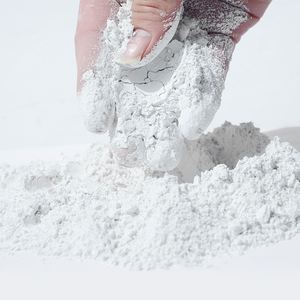
Hot-ing, specially designed, unique, and widely used furnace-heated ceramic fiber cloth.
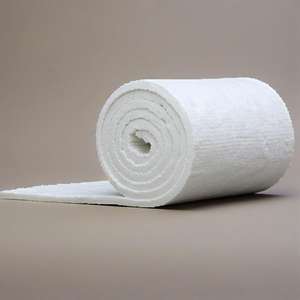
Polycrystalline mullite fiber board 2000°C/1800°C, Ceramic Fiber board, refractory Ceramic Fiber board
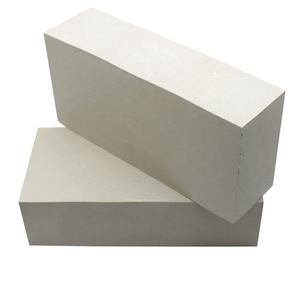
High-strength Ceramic Fiber Sheet for fire resistance, resilience, mechanical shock, and thermal cycling, custom cut.
